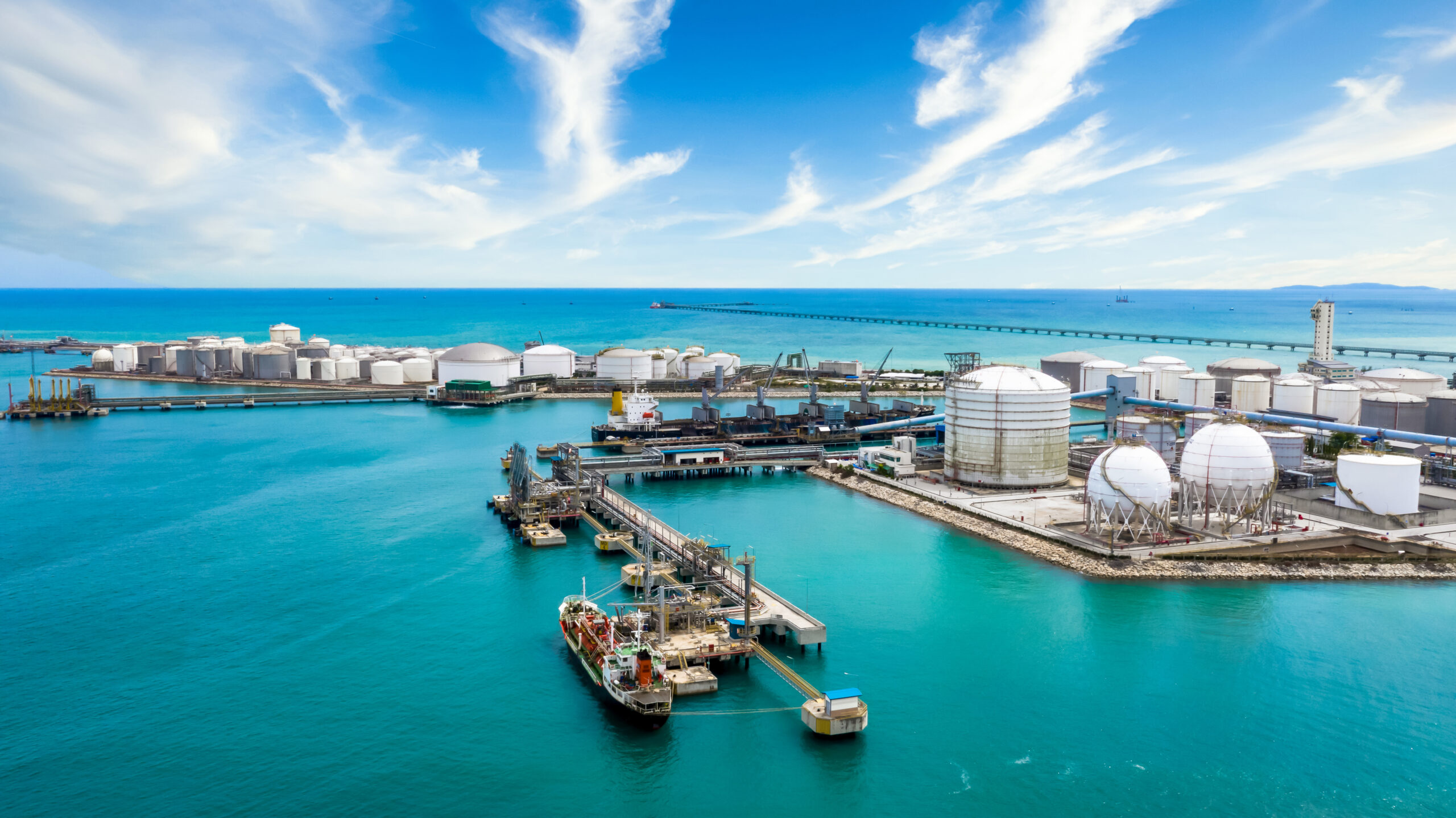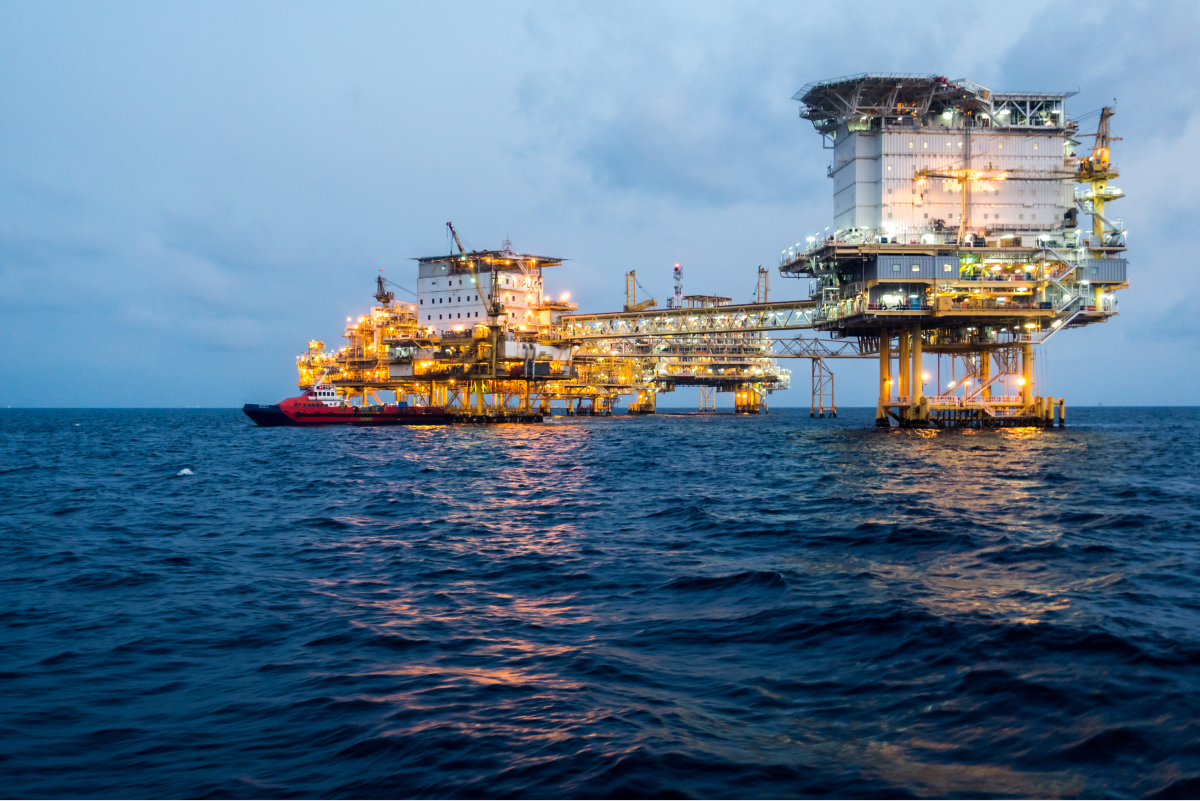
Why the Future of Marine Fuel is Changing Fast?
The maritime industry is no stranger to change, but the rapid evolution of marine fuel is something everyone in the sector is watching closely. From tightening emissions regulations to the push toward decarbonization, shipowners and charterers alike are facing a fuel landscape that looks nothing like it did five years ago.
At Ocean Unity, we’ve had a front-row seat to these shifts — and we’re helping our clients adapt every step of the way.
The IMO 2020 Effect — And What Comes Next
When the International Maritime Organization’s 0.5% sulfur cap came into effect in 2020, the industry scrambled to comply. Some opted for low-sulfur fuel oils (LSFO), while others invested in scrubbers or transitioned to LNG. But that was just the beginning.
Now, alternative fuels like methanol, ammonia, and even hydrogen are entering the conversation. These are no longer fringe options — they’re becoming real considerations for future-ready fleets.
What This Means for Charterers and Operators
Choosing the right fuel isn’t just an operational decision. It’s a commercial one, too. As availability shifts and prices fluctuate, having the right chartering strategy becomes critical.
Whether it’s understanding bunker spreads or securing long-term supply contracts, our broking desk helps clients navigate fuel decisions with confidence. We connect charterers with operators who are aligned in both capability and compliance — all while keeping an eye on cost.
The Role of Broking in a Greener Future
At Ocean Unity, we’re not just watching trends — we’re advising on them. Our team helps clients assess fuel options based on route, vessel specs, and regulatory obligations. And as new fuels emerge, we’re staying ahead with the market intelligence needed to make smart, sustainable choices.

